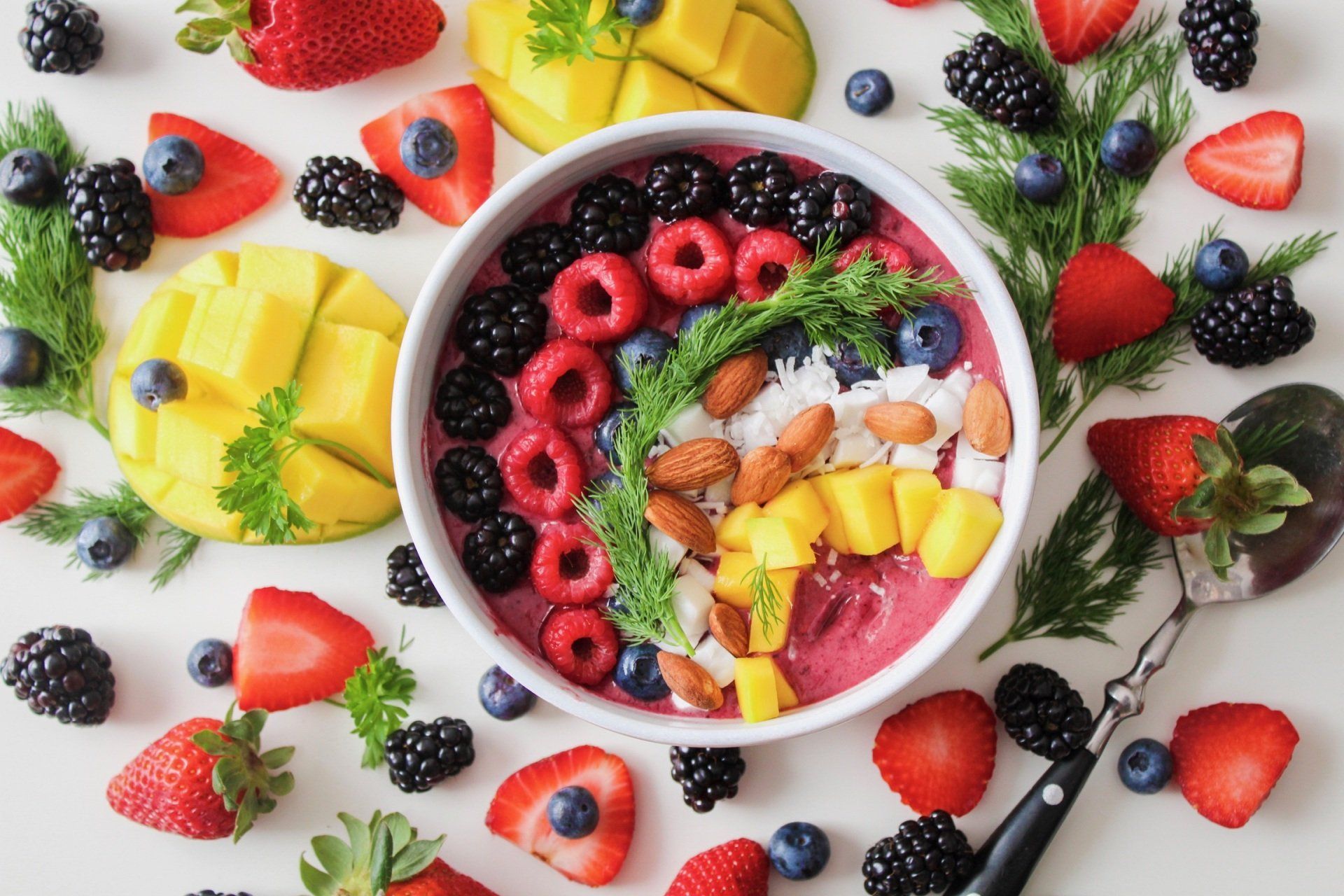Fertility Diet On a Budget
It doesn't have to be expensive to eat healthy food!
Navigating the path towards a fertility-friendly diet can sometimes feel like a challenging journey, particularly when faced with the additional financial burdens of fertility treatments and medications. In the pursuit of parenthood, it's only natural to seek out the best possible nutrition for both yourself and your partner, but the prospect of higher expenses can be daunting. However, this guide is here to help you with practical and budget-conscious solutions that will help you maintain a fertility-friendly diet without breaking the bank. Let's explore some strategies that will not only support your fertility goals but also keep your food budget in check.

8 Ways to Keep Your Fertility Food Budget in Check:
1. Prioritize Organic Meat and Dairy
Due to the use of hormones, pharmaceuticals and pesticides in the production of meat and dairy, these items should be your highest priority to buy organic. If completely organic dairy will put too much of a strain on your budget, buy the rBGH-free (recombinant Bovine Growth Hormone) dairy. While this doesn’t guarantee the animals have been given feed raised without pesticides, at least you know the cows weren’t treated with hormones. Similarly with beef, if organic or grass-fed beef is out of your price range, at least make sure to buy beef that is raised without hormones, as estrogen is routinely used in raising conventional beef.
2. Choose Lower Cost Cuts of Meat
It’s much less expensive to buy a whole chicken than boneless skinless chicken breasts or any one part of the chicken. Alternatively, buy some grassfed ground beef, which costs less than buying steak. Use it to make some homemade chili, tacos, enchiladas, meatballs or any of your favorite recipes. Serve with plenty of vegetables.
3. Eat Eggs
They’re nutrient-rich, and even the most expensive organic eggs don’t cost more than $5 per dozen. A dozen should provide the protein for 6 breakfasts at less than $1 each.
4. Learn About the Dirty Dozen
These 12 fruits and vegetables have the highest pesticide residues, so spend some extra money buying organic spinach and strawberries. When it comes to avocados and onions, it’s ok to buy the conventional version since these are some of the Clean 15, or those fruits and vegetables with the lowest levels of pesticide residues.
5. Buy in Bulk
Save money by buying whole grains, beans and nuts and seeds in the bulk section. It’s usually significantly less expensive than buying the prepackaged version.
6. Cook at Home Instead of Eating Out
You can serve a delicious home-cooked dinner for 2 at a fraction of the cost of eating out or ordering in. When you have extra time, stock up your freezer with healthy homemade soups and other meals that you can quickly reheat after a long day at work when there isn’t time to cook.
7. Do Price Comparisons
Some of the major chain grocery stores actually have higher prices in their natural foods section compared to your natural foods grocery store or Whole Foods. The opposite can also be true. Check out fruit and vegetable markets, where they often carry some very reasonably priced organic produce. This may require trips to multiple stores, but it can definitely help to trim your food budget.
8. Eliminate High-Cost Low-Nutrient Foods
An excellent example of this is cold cereal. Cold cereals are generally quite expensive, not well-digested and their vitamin and mineral content is generally due to a spray-on multivitamin. Meanwhile you can generally buy 1 pound of organic oats in bulk for less than $2. Cut out other foods like packaged cookies and sweets. These items tend to be pricey and have no fertility benefits.
Meet Beth Heller
View Profile: Co-Founder of Pulling Down the Moon
Beth is the Co-Founder and Co-Director of Pulling Down the Moon, Inc., Integrative Care for Fertility (ICF ™). She earned her Master’s Degree in Human Nutrition and Dietetics in 1999. Before starting PDtM, she spent four years as a Nutrition Researcher for the Women's Walking Program, a National Institutes of Health-funded study on the well-being of menopausal women through walking exercise. Beth discovered yoga in 1998 while grappling with graduate student stress and fertility concerns. After stumbling into a yoga class and loving it, Beth began a regular practice. Her vision for Pulling Down the Moon is to share the tools that helped her during a challenging phase of her life. Beth is a member of the International Association of Yoga Therapists and the American Society for Reproductive Medicine. She teaches yoga in classes and in one-on-one instruction throughout the Chicago-land area and is a creator, co-director and teacher for Pulling Down the Moon, Yoga for Fertility.





